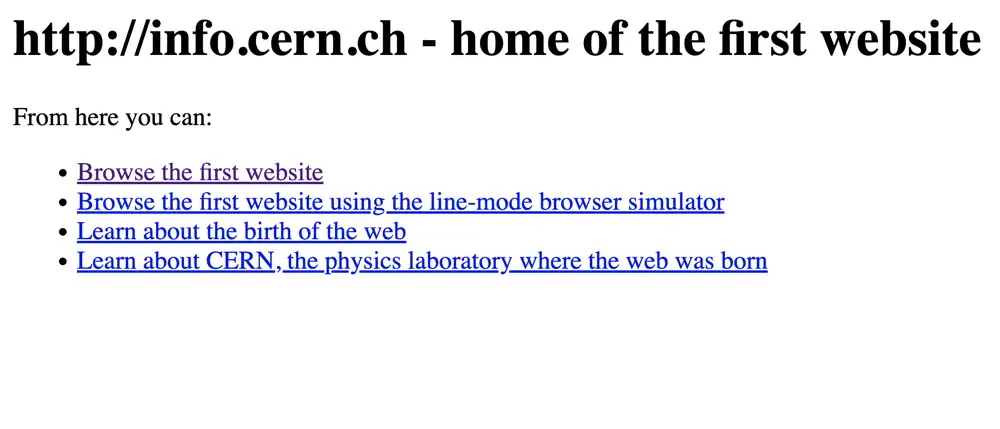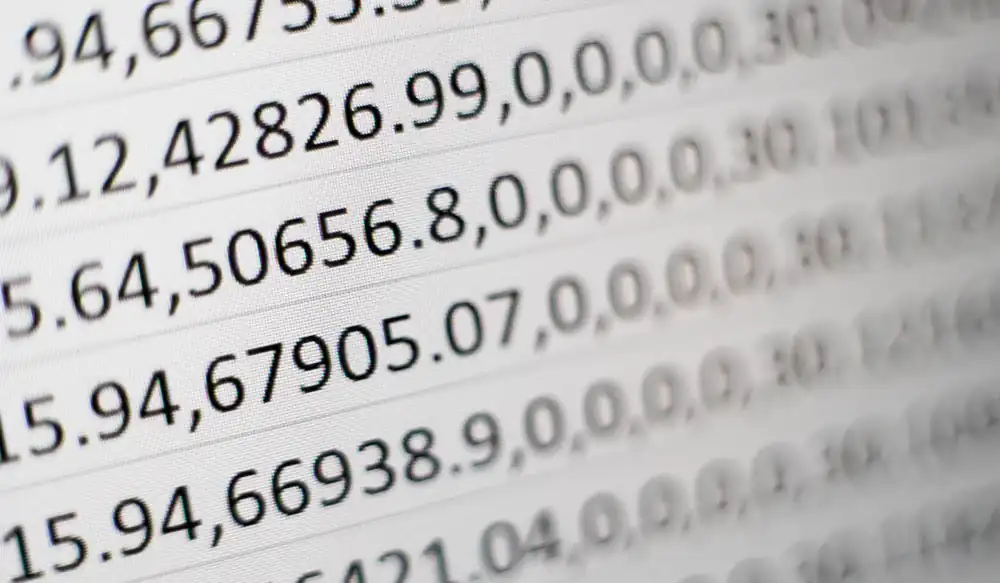
Robots.txt Generator
The Robots.txt Generator free online tool creates a custom robots.txt file for websites, which helps to instruct search engine crawlers on which parts of the site should be indexed, improving SEO and site accessibility.
📖 One-Minute Lesson
What is robots.txt?
The robots.txt file is a text file that webmasters use to instruct web robots (typically search engine robots) about how to crawl pages on their website. It is placed at the root directory of the website and tells robots which pages or sections of the site should not be processed or scanned. This file is publicly accessible and can be viewed by anyone to see what sections of a server are allowed or disallowed for web crawling.
How a robots.txt file works?
A robots.txt file works by specifying "disallow" or "allow" directives to user-agents (the web crawlers). Each directive specifies a path to disallow or allow crawling. For example, a directive might tell a crawler to avoid a specific directory on the website. When a robot visits a site, it first checks the robots.txt file to see if there are any restrictions on what it should index. This helps site owners prevent their site from being overloaded with requests and also helps keep certain parts of the site private.
What is a bot?
A bot, short for 'robot', refers to a software application programmed to perform automated tasks over the internet. Bots are designed to operate under instructions without human intervention. While they are commonly used for legitimate purposes such as indexing web content for search engines or automating customer service interactions, they can also be used for malicious activities such as spamming or launching cyber attacks.
What is a bot attack?
A bot attack is a type of cyber threat whereby bad actors use a network of compromised computers or other digital devices, controlled by bots, to carry out malicious activities. These activities can include overwhelming a website with traffic (known as a DDoS attack), stealing data, spreading malware, or exploiting vulnerabilities in web infrastructure. The aim is often to disrupt services, steal sensitive information, or gain unauthorized access to systems.
What are the different types of bot attacks?
There are several types of bot attacks, each characterized by its method and purpose. Common types include:
- DDoS (Distributed Denial of Service) attacks: Overwhelm websites and networks with excessive traffic to cause a shutdown or significant slowdown.
- Web Scraping: Bots are used to extract large amounts of data from websites without permission, often harming the competitive position of businesses.
- Spam Bots: Distribute spam content via emails, comments on blogs, or social media platforms.
- Credential Stuffing: Bots attempt to log in to sites with stolen usernames and passwords to breach user accounts.
- Click Fraud: Bots mimic human clicks in online advertising to inflate advertising costs or deplete competitors' ad budgets.
















